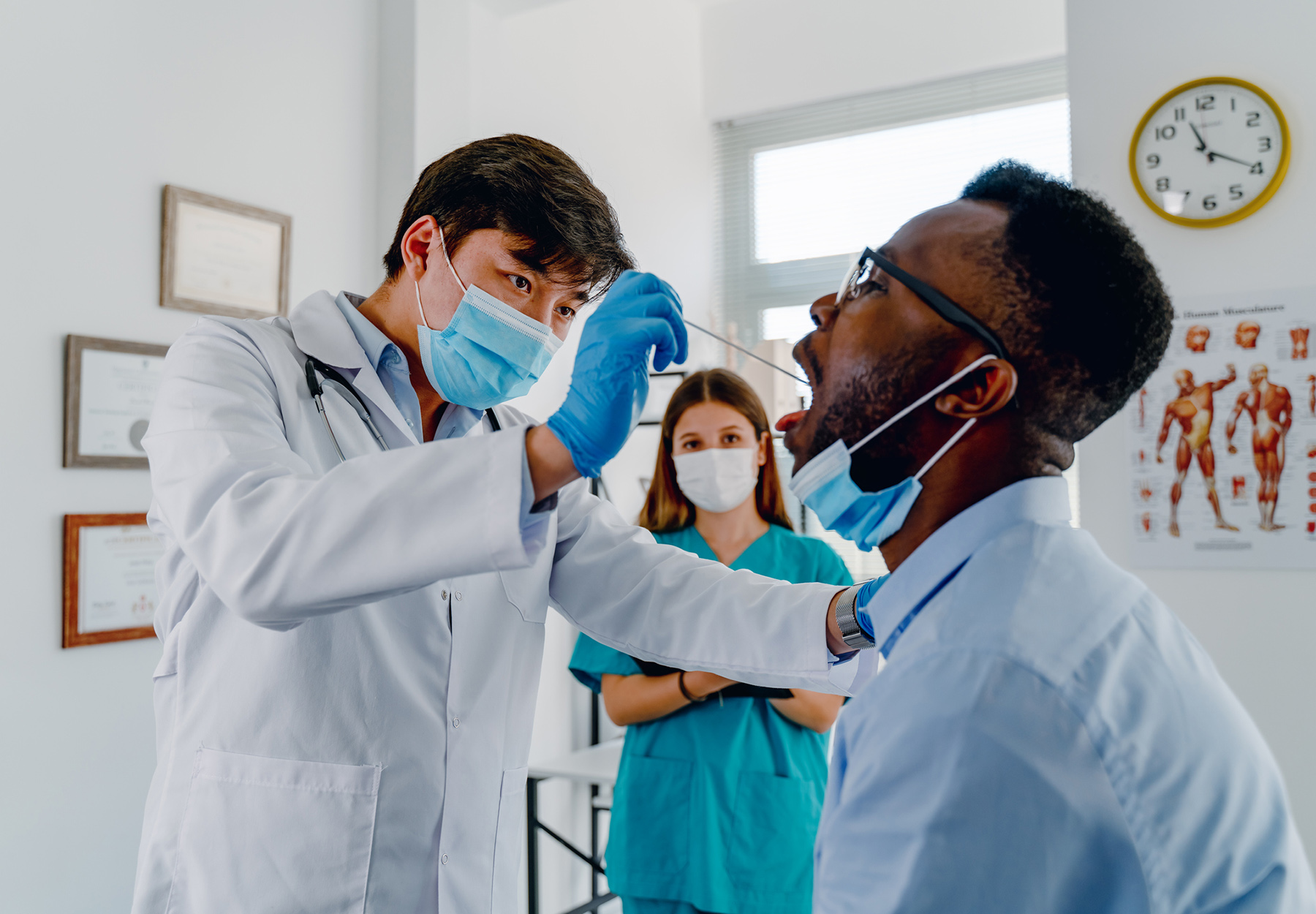To qualify for FDA “breakthrough device” designation under the 21st Century Cures Act (Cures Act), makers of new medical devices must demonstrate that the product provides for “more effective treatment or diagnosis” of a life-threatening or irreversibly debilitating human disease or condition. The FDA also considers other criteria, including whether the device offers significant advantages over currently approved or cleared alternatives in reducing the need for hospitalization, improving patient quality of life, or facilitating the patient’s ability to manage their own care.
In 2018, the agency issued detailed guidance explaining how it applies the criteria in considering whether to grant breakthrough device clearance. On Oct. 21, the FDA proposed new guidance to incorporate a new factor: healthcare equity and access. In other words, from now on, the agency will take into account how accessible devices will be to underserved/underrepresented populations in assessing whether the proposed new product would be “more effective” than existing options and alternatives. We will consider “the totality of the information” about the proposed device in determining whether it is likely to “provide for more effective treatment or diagnosis,” the new guidance says.
Specifically, the agency is proposing to add a new subsection to the 2018 guidance called “Reducing Disparities in Health and Health Care.” Such disparities exist “across many dimensions,” the guidance explains, “including race, ethnicity, socioeconomic status, age, sex, disability status, sexual orientation, gender identity, language and location.”
If and when the new guidance is finalized (comments on the draft guidance are due by Dec. 20), laboratories and device makers seeking breakthrough device designation will have to be sensitive to and capable of navigating the new FDA health disparity regime. The guidance outlines three things the agency will be looking for in determining whether a new device would reasonably be expected to provide for more effective diagnosis and treatment.
- Tailoring Devices to Social Characteristics: According to the guidance, the agency will favor technologies and device features “tailored to address characteristic differences…arising from social factors, phenotypic variations, pathophysiology, and/or response to treatment.” For example, a device would likely be considered as leading to more effective treatment or diagnosis “if it is designed to address a pathophysiological or clinical characteristic associated with certain populations that could have a clinically meaningful impact for the treatment or diagnosis of the condition in those populations.”
- Targeting Diseases Affecting Underserved Populations: The FDA says it will look favorably upon devices for treating or diagnosing rare, life threatening, or irreversibly debilitating conditions affecting populations with unmet needs that have limited diagnostic and treatment options.
- Devices that Are Widely Accessible: “Another major dimension of health and health care disparities is accessibility to quality health care,” the guidance explains, defining accessibility as the capacity of an individual or group to benefit from the advantages that the device offers. Accessibility is necessary for new devices to make a “clinically meaningful impact.” Examples include “user features that are adaptable or more easily used by diverse populations or allow for use in more diverse settings,” particularly among patient populations with limited or no alternative options.
For more information, see a more in-depth article in the December issue of Diagnostic Testing & Emerging Technologies, posted in advance of PDF publication.
